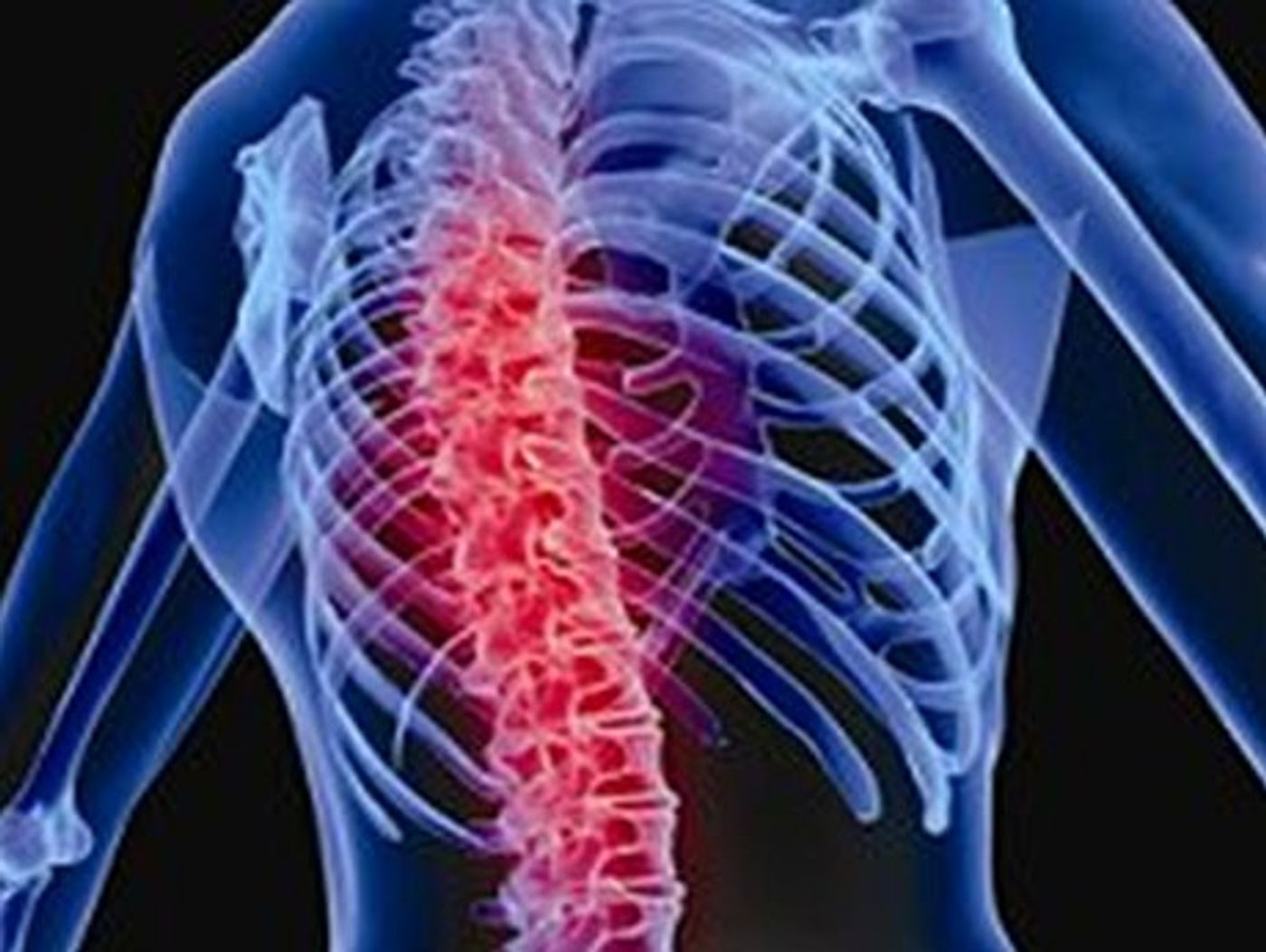Astronauts Lose Considerable Amounts of Spinal Muscle in Space
When astronauts go into space for long periods of time to study on the International Space Station, mankind learns a lot more about the physics of space and learns of new ways to improve on our space technology, but it comes at a price.

Image Credit: NASA
As we’ve learned from astronauts that spend long durations of time on space, the lack of Earth-like gravity can have an ongoing effect on muscle loss on the human body.
On Earth, gravity is constantly pulling us down, and we use our muscles to overcome that force. The minimum muscle we need to stand and move here on Earth is easily lost in space, as our bodies no longer have to hold themselves up in the microgravity there.
Researchers were interested in learning more about how this affects the spine. Astronauts commonly report ailments like back pain or herniated discs after returning to Earth, and in many cases, they may return to Earth taller than they did when they went into space, as their spines expand.
In a study published in the journal Spine, researchers used MRI machines to learn more about the effects of long space missions on astronauts’ spines, ranging from four to seven months.
Six astronauts, a woman and five men, were observed before, immediately after, and some time after the space travel to see what kinds of effects space’s weightlessness would have on the spine and how long it would take for the body to regain its muscle.
Muscular atrophy was observed in all test subjects’ spins, and it was found that it took a significant amount of time to regain the muscle that was lost from time in space. The ratio of lean muscle reportedly tanked from 86% prior to the space mission to just 72% when returning to Earth.
Making matters even more difficult on the astronauts, the follow-up checkup about a month and a half after returning to Earth showed that the ratio had increased to only 81%, which although it may be a good increase from 72%, was still under where they began prior to going to space.
The research has revealed that perhaps additional exercise methods could be of use to astronauts while they spend their prolonged time in space. Clearly, exercising just the legs and arms isn’t enough. Core strength exercises could be a good place to start and may dramatically improve human health over the course of their space missions.
We’re surely going to have to conquer this issue somehow in the near future, as NASA pushes its interest in putting mankind on Mars in the next few decades, which has less of a gravitational pull than the Earth does.
Mars missions would also spell out a much longer stay for an astronaut than the International Space Station would, which means the effects could be far more long-term.
Source: Wolters Kluwer via Fox News








